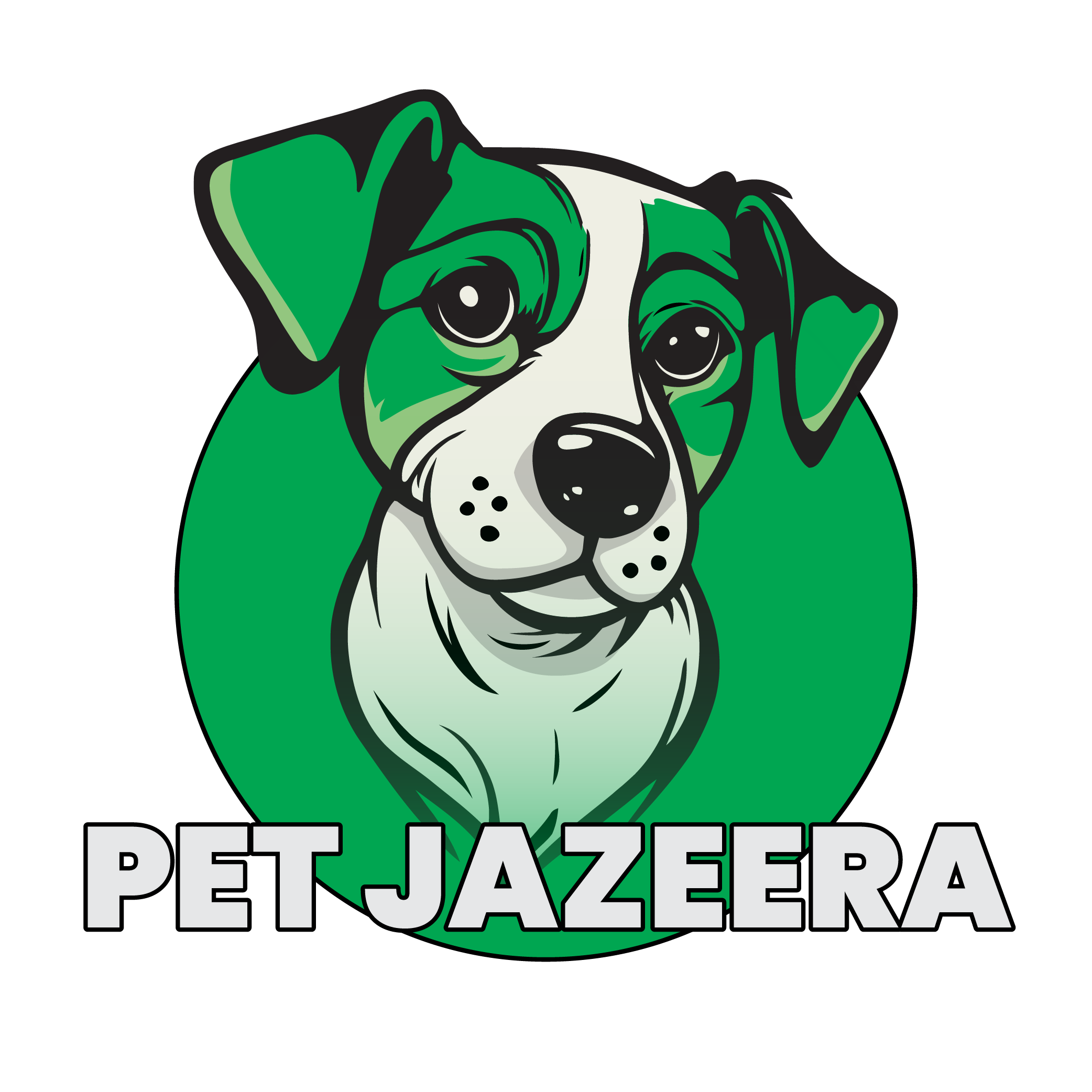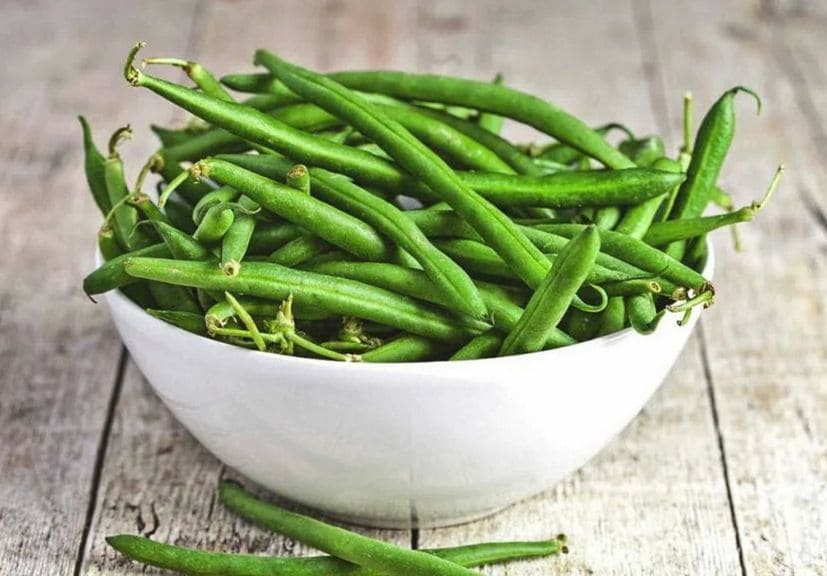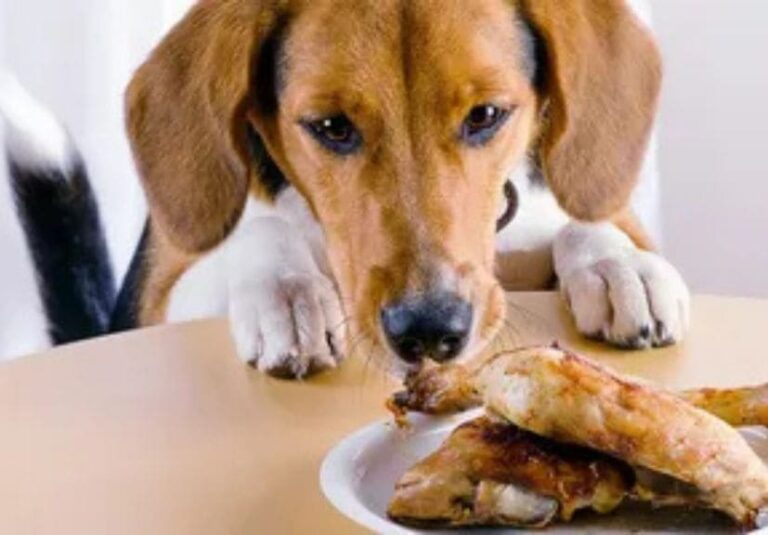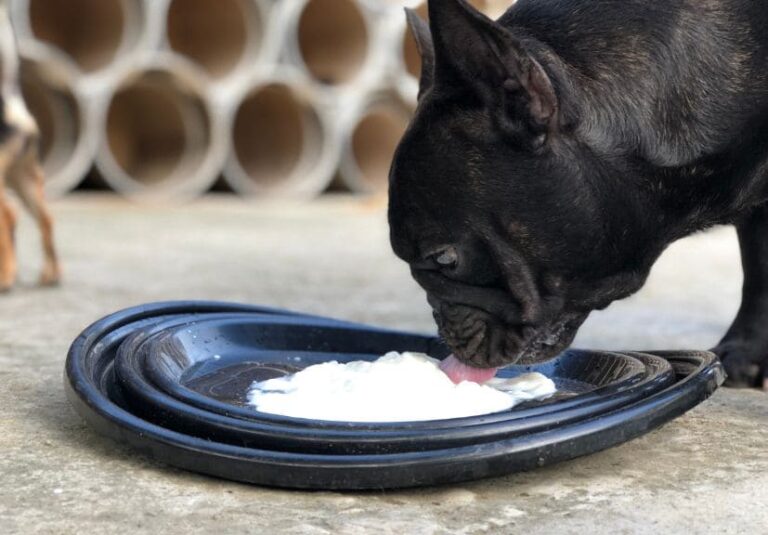Can Dogs Eat Green Beans?
Yes, dogs can eat green beans. They are one of the healthiest vegetables you can give to your canine companion. Green beans are low in calories and high in essential nutrients like fiber, vitamins A, C, and K, and minerals like calcium and iron. Whether serving them fresh, frozen, or canned, green beans are a safe snack for most dogs.
Avoid Seasonings and Additives
One thing to keep in mind when feeding green beans to dogs is to avoid adding seasonings or oils. Garlic, onions, and too much salt can be harmful to your pet. Stick to plain green beans for optimal health benefits.
Nutritional Benefits of Green Beans for Dogs
Green beans are packed with nutrition, making them an excellent treat or addition to your dog’s regular meals. They are:
Low in Calories
Green beans are an excellent low-calorie snack for dogs, making them a great option for pets that need to lose weight or maintain a healthy weight. Substituting a portion of their regular dog food with green beans can help reduce calorie intake without making them feel hungry.
Rich in Fiber
Green beans are high in dietary fiber, which promotes healthy digestion in dogs. Fiber helps regulate bowel movements, preventing constipation and promoting gut health. This makes green beans an excellent option for dogs with digestive issues or those prone to constipation.
Vitamins and Minerals
Green beans are packed with essential vitamins and minerals, including vitamins A, C, and K, as well as calcium, iron, and magnesium. These nutrients support various aspects of your dog’s health, from boosting the immune system to promoting strong bones and improving vision.
Supports Weight Loss
For dogs needing to shed some pounds, green beans can play a key role in a weight-loss diet. The “Green Bean Diet” involves replacing a portion of high-calorie dog food with green beans, helping dogs feel full while consuming fewer calories.
Hydration
Green beans are made up of about 90% water, contributing to your dog’s hydration, especially during hot weather. While water should always be their primary source of hydration, adding green beans to their diet offers an extra moisture boost.
Versatile and Easy to Serve
Green beans can be served in multiple ways—raw, cooked, or frozen—making them a flexible addition to your dog’s diet. Their crunchy texture can also promote dental health by gently cleaning teeth as your dog chews.
These six benefits make green beans a valuable, nutritious snack for dogs when served in moderation.
The Green Bean Diet for Dogs
Green beans are often recommended as part of a weight loss plan for overweight dogs. This is known as the “Green Bean Diet.” If you’re looking for ways to help your dog shed some pounds, replacing 10% of their regular dog food with green beans can help them feel full while reducing calorie intake.
Before starting any weight loss program for your dog, it’s important to consult with a veterinarian to ensure it’s a safe and effective approach.
How to Serve Green Beans to Your Dog?
There are several ways to serve green beans to your dog. Here are some options:
- Raw Green Beans: Dogs can eat raw green beans, but some dogs might find them hard to digest. If your dog eats string beans raw, be sure to cut them into bite-sized pieces to prevent choking.
- Cooked Green Beans: Steaming or boiling green beans is a good way to soften them, making them easier for your dog to digest. Avoid adding salt, butter, or seasonings.
- Frozen Green Beans: Frozen green beans can be a cool and crunchy treat for dogs. Just be sure to give them in moderation to avoid digestive upset.
- Canned Green Beans: If you’re using canned green beans, make sure they are low in sodium. How long are canned green beans good for? Once opened, they should be consumed within 3–4 days.
Can Dogs Eat Frozen Green Beans?
Yes, dogs can eat frozen green beans. In fact, frozen green beans are a popular option for teething puppies or as a low-calorie treat for adult dogs. If you’re wondering, “Are frozen green beans good for dogs?” the answer is absolutely—just make sure they’re plain and unseasoned.
Homemade Green Bean Dog Treats
You can also make your own green bean dog treats. Simply steam some fresh green beans, chop them into small pieces, and bake them at a low temperature for about 30 minutes until they become slightly crispy. These treats are low in calories and perfect for training sessions.
For variety, you could even blend green beans with other dog-friendly veggies like pumpkin or carrots. This would also add extra nutrients, making the treat more balanced.
Can Other Animals Eat Green Beans?
Green beans aren’t just for dogs. Let’s explore whether other pets can enjoy this vegetable:
Can Cats Eat Green Beans?
Cats can eat green beans in moderation. They are not toxic to felines, but cats are obligate carnivores, so vegetables shouldn’t make up a large part of their diet. Interestingly, green beans are safe for cats but are green bean plants toxic to cats? Only if eaten in large amounts.
Can Pigs Eat Green Beans?
Yes, pigs can eat green beans, both raw and cooked. Green beans are a healthy addition to a pig’s diet, but they should be fed in moderation along with other vegetables.
Can Chickens Eat Green Beans?
Chickens can eat green beans, but it’s best to serve them cooked. Can chickens eat canned green beans? Yes, but ensure they’re low in sodium.
Can Turtles Eat Green Beans?
Yes, green beans are safe for turtles and are often included in their diet to provide fiber and nutrients.
Can Rabbits Eat Green Beans?
Yes, rabbits can eat green beans in moderation. However, raw green beans should only be an occasional treat as they can cause gas.
Potential Risks and Downsides of Feeding Green Beans to Dogs!
While green beans are generally a healthy treat for dogs, there are some potential risks and downsides that pet owners should be aware of:
- Choking Hazard: Green beans, especially if served raw or in large pieces, can pose a choking risk, particularly for smaller dogs. Always cut the beans into bite-sized pieces or cook them to soften their texture, making them easier for your dog to chew and swallow.
- Digestive Upset: Feeding your dog too many green beans at once can lead to digestive issues such as gas, bloating, or diarrhea. The high fiber content in green beans can be beneficial, but it may cause gastrointestinal upset if your dog isn’t used to it. To avoid this, introduce green beans slowly into your dog’s diet and monitor for any signs of digestive discomfort.
- Allergies: Although uncommon, some dogs may be allergic to green beans. If you notice symptoms like itching, swelling, or digestive problems after introducing green beans into your dog’s diet, it could be an allergic reaction. In such cases, discontinue feeding green beans and consult your veterinarian for guidance.
- Excessive Fiber: While fiber is essential for digestive health, too much of it can lead to malnutrition if it replaces a significant portion of your dog’s balanced diet. Green beans should be used as a supplement to their regular food, not a replacement. Over-reliance on green beans can result in an unbalanced diet, lacking essential nutrients found in complete dog foods.
To minimize these risks, always consult your veterinarian before making significant changes to your dog’s diet, and ensure green beans are served in moderation as part of a balanced nutrition plan.
Green Bean Alternatives for Dogs
If your dog isn’t a fan of green beans, don’t worry. There are plenty of other healthy vegetables to offer:
- Pumpkin: High in fiber and great for digestion.
- Carrots: Dogs can eat carrots since they are low in calories and good for dental health.
- Sweet Potatoes: “Can dogs eat sweet potatoes?” This query is often asked as well. Yes, they can since sweet potatoes are Rich in vitamins and minerals.
For dogs with hypothyroidism, vegetables like green beans and pumpkin can be part of a balanced diet. Consider homemade dog food with these ingredients, but always consult with your vet for specific dietary recommendations.
Can Green Beans Help Dogs Lose Weight?
Green beans are often used in weight management plans for dogs. By replacing a portion of their regular dog food with green beans, you can reduce calorie intake without leaving your dog feeling hungry. This method, known as the green bean diet for dogs, is effective but should be done under the supervision of a vet.
In addition to green beans, make sure your dog gets plenty of exercise to help maintain a healthy weight.
Conclusion: Should You Feed Your Dog Green Beans?
In summary, green beans can be a fantastic addition to your dog’s diet, whether as a treat, a snack, or a way to help them lose weight. They are safe, nutritious, and easy to prepare. Just be sure to avoid adding seasonings, and as with any dietary change, introduce green beans slowly and consult your vet if you have any concerns.
So, next time you’re preparing a meal and wonder, “Can my dog eat green beans?” — yes, with a few precautions!
FAQs About Green Beans for Dogs
Here are some commonly asked questions about feeding green beans to dogs:
How much are green beans?
Prices vary, but a can of green beans typically costs between $1 and $2.
How long are canned green beans good for?
Once opened, canned green beans should be eaten within 3–4 days.
How much green beans should I give my dog?
Start with a small amount, like a few pieces, and see how your dog reacts. For weight loss, consult your vet before making changes to your dog’s diet.
Can dogs eat green bean casserole?
While green beans themselves are safe, green bean casserole usually contains ingredients like onions, garlic, and cream, which are harmful to dogs.
Can dogs eat canned vegetables?
Yes, but opt for low-sodium canned veggies. Canned vegetables for dogs include options like carrots, peas, and green beans.




